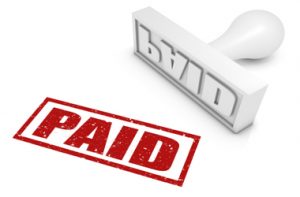Financial Planning for Law School

Law school is an exciting investment in your future and also needs to be a wise one. In addition to all the processes you will engage in to decide to pursue a legal education, you will want to fully explore the costs associated with law school, the real value and stipulations associated with merit scholarships and available sources of financial aid. Applicants receiving merit-based scholarships are advised to take into account the cost of living in addition to tuition in the locations being considered. Also, if scholarships include stipulations about grade point average or performance at a certain percent rank in class, applicants are advised to read carefully and research the now required information about “conditional scholarship retention” posted on law school websites that should also be included in scholarship award letters.
The Law School Admission Council has made a new document available that provides a great deal of information: Financial Aid for Law School: A Preliminary Guide.
Just a few of the resources you might helpful:
AccessLex
AccessLex, an non-profit organization, has some valuable online tools for law school applicants to plan and calculate financing options in their Center for Education and Financial Capabilty. Their Analytix software enables applicants to create comparisons among a select group of law schools, and much more.
Free Application for Federal Student Aid (FAFSA)
Most law schools will require that students complete this federal loan form to be considered for financial aid. The notoriously complicated form will be available through mobile applications beginning in October, 2018. Follow instructions given by each particular law school starting after you have applied for admission. Federal aid is in the form of two types of loans: the Direct Stafford Loan (up to $20,500 annually) and the Direct GradPLUS Loan; the GradPLUS is supplemental to the Direct Stafford loan. Students may borrow up to the school designated “cost of attendance” leass any other aid received. The Federal Government also offers the Federal Public Service Loan Forgiveness Program (FPSLF). This program requires that the borrower work for 120 months (10 years) in government, nonprofit or other eligible work while repaying federal loans.
Equal Justice Works
Equal Justice Works is an essential resource for great information concerning public service oriented work. It has specific information about loan forgiveness options associated with public service.